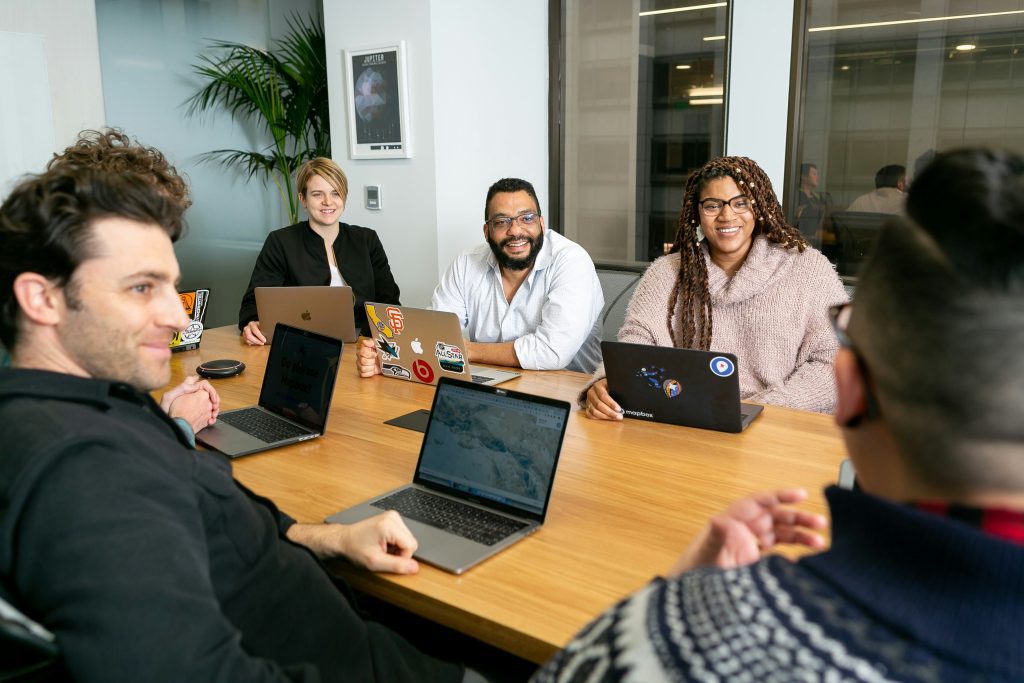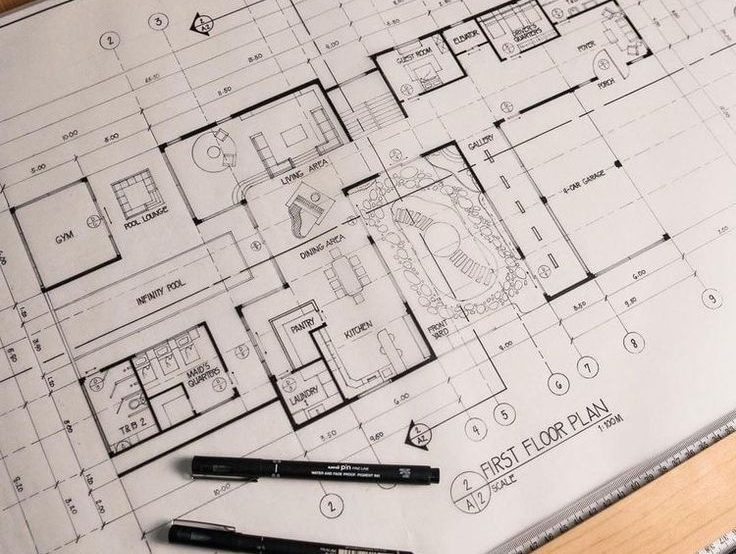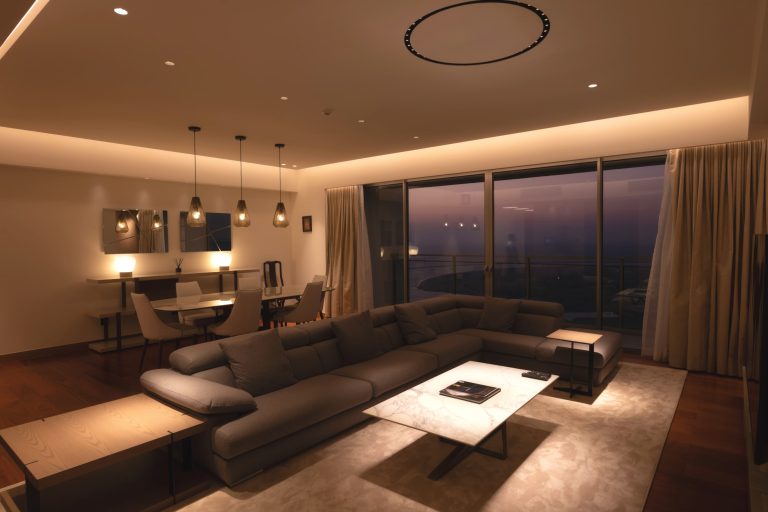Design Philosophy
Lighting design is a combination of art, science, and technology.
It is important to understand how light effects vision and perception. Also, the mutual effect on each other between light and material in a space to create visual interest. Our design approach to decide which elements to illuminate and to which extent is an organic process. Our design principles to provide unique experience from project to project and enhance the space through illumination using layers of light. Creativity and innovation to use lighting as a design element along with simple and functional methods to integrate and conceal lighting into the architecture detail while the solution to be engineered parallelly. Further, considerations for energy efficiency and environment, commercial realities, and to preserve the cultural heritage. Design proposals to provide adequate functional lighting to ensure comfort, safety, and security for people and property and also to satisfy statutory requirements and provide acceptable conditions to end users and operator.
Services
- Lighting concept designs and rendering.
- Preparation of detailed lightign plans.
- Full specification of lighting products.
- Load calculations.
- Lighting project management.
- Lighting level calculations and energy evaluation.
- Lighting controls design and insrallation supervision.
- Intelligent lighting control systems
Design Process
PROJECT BRIEF – GENERAL REQUIREMENT

After receiving the project award notification, our Lighting Designers will participate in the kick-off meeting alongside clients, architects,
and interior designers. During this meeting, we will gather the project brief, encompassing strategy, budget, timeline, and initial design package. Additionally, we’ll conduct site visits to comprehend the project’s scope, scale, and overall design vision, ensuring alignment with brand identity to craft an enchanting lighting ambiance.
LIGHTING CONCEPT DESIGN – PHASE 1

Multiple conceptual ideas for the lighting design are developed to convey the overall design intent and visual aesthetic and presented for coordination and feedback. The process includes design workshops with other consultants to coordinate their ideas and develop the overall lighting vision for the project. Preliminary costing will also be calculated based on provisional designs and quantities for these ideas.
SCHEMATIC LIGHTING DESIGN – PHASE 2

This stage further develops the approved concepts from Concept Design stage. Initial sketches, drawings, specifications and schedules are produced in coordination with other consultants. Budget and Green building ratings are assessed for required compliance. Mock up designs, demonstrations and the testing of light fixtures to test and determine installation details and the final lit effects for approval by all
LIGHTING DESIGN DEVELOPMENT – PHASE 3

Develop and finalize a complete set of drawings, details, elevations, specifications and schedules for all aspects that pertain to lighting. This includes a fully coordinated set of all drawing plans, elevations and details, as well as detailed specifications with all the relevant parameters, notes & technical details of light fittings, ballasts, compatibility with lighting control systems and emergency lighting systems and dimming control schedules with electrical loads. BOQs and budgetary approvals are formalized to coordinate with suppliers so that orders can be executed.
PROJECT MANAGEMENT & IMPLEMENTATION – PHASE 4

Our experts will oversee the lighting procurement and construction process to ensure compliance with the design documents, guaranteeing a flawless final result that aligns with the original design intentions. We will collaborate with other project consultants to approve shop drawings, finalize lighting plans, review integration, and fine-tune scene settings.